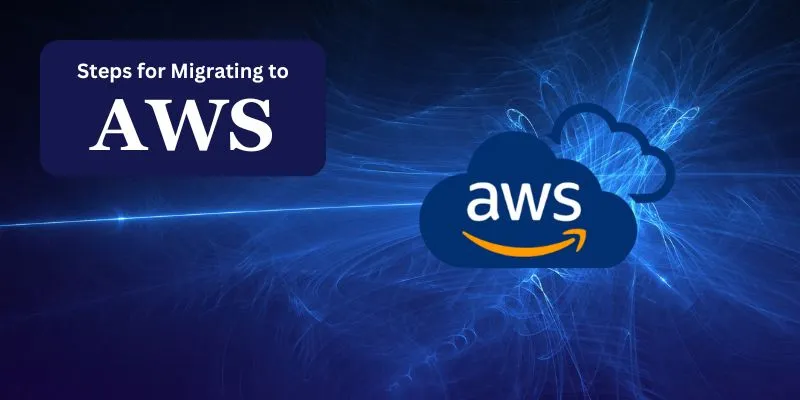
Migrating to Amazon Web Services (AWS) offers businesses scalability, flexibility, and cost-efficiency in managing their IT infrastructure. However, the migration process can be complex and daunting without proper planning and execution. In this blog, we’ll explore the Essential Steps for Migrating to AWS with Ease. Whether you’re a beginner or an experienced IT professional, gaining expertise through AWS Training in Chennai can provide valuable insights and skills to navigate the migration process effectively.
Assessing Your Current Environment
Before diving into migration, it’s crucial to assess your current IT environment thoroughly. Identify your existing infrastructure, applications, data, and dependencies. Understanding your organization’s needs, goals, and constraints will help determine the most suitable migration strategy and AWS services to leverage.
Choosing the Right Migration Strategy
AWS offers various migration strategies, including rehosting (lift and shift), re-platforming, repurchasing, refactoring, and retiring. Assess your applications and workloads to determine the most appropriate strategy for each. While rehosting may be suitable for some legacy applications, others may benefit from refactoring to fully leverage AWS cloud-native capabilities.
Preparing Your Workloads
Prepare your workloads for migration by addressing any dependencies, compatibility issues, or performance considerations. Conduct thorough testing and validation to ensure that applications function as expected in the AWS environment. Consider factors such as networking, security, scalability, and disaster recovery to optimize performance and resilience.
Setting Up AWS Infrastructure
Once you’ve assessed and prepared your workloads, it’s time to set up your AWS infrastructure. Create a well-architected environment using AWS services such as Amazon EC2, Amazon RDS, Amazon S3, and AWS Lambda. Leverage AWS CloudFormation or AWS CDK for infrastructure as code (IaC) to automate provisioning and configuration. Enrolling in an AWS Course can provide you with the necessary knowledge and skills to effectively utilize these services and tools for building and managing your AWS infrastructure. From understanding the fundamentals of AWS to mastering advanced techniques for infrastructure automation, an AWS Course at FITA Academy equips you with the expertise to architect scalable, secure, and efficient solutions on the AWS cloud platform.
Data Migration
Plan and execute data migration strategies based on your requirements. Whether it’s database migration, file transfer, or data synchronization, AWS provides a range of tools and services to facilitate seamless data migration. Utilize services like AWS Database Migration Service (DMS), AWS Snow Family, or AWS DataSync for efficient and secure data transfer to AWS.
Application Migration
Execute your chosen migration strategy for application workloads, following best practices and guidelines. Monitor and optimize performance during migration to minimize downtime and ensure a smooth transition. Leverage AWS services such as AWS Server Migration Service (SMS), AWS Application Discovery Service, and AWS Migration Hub for streamlined application migration.
Testing and Validation
Conduct comprehensive testing and validation of migrated workloads to ensure functionality, performance, and security. Implement testing methodologies such as smoke testing, integration testing, and performance testing to identify and address any issues or gaps. Validate compliance with regulatory requirements and organizational policies.
Optimization and Continuous Improvement
Once migration is complete, focus on optimizing and refining your AWS environment for ongoing efficiency and innovation. Monitor resource utilization, performance metrics, and cost management to identify opportunities for optimization. Continuously iterate and improve your AWS infrastructure based on feedback and evolving business needs.
The above Blog explores Essential Steps for Migrating to AWS with Ease. You can ensure a smooth and successful migration journey by following essential steps such as assessing your environment, choosing the right migration strategy, preparing workloads, setting up infrastructure, migrating data and applications, testing and validating, and optimizing for continuous improvement. Enrolling in AWS Training in Bangalore can further enhance your capabilities and understanding of AWS, providing you with the knowledge and skills needed to navigate the migration process effectively. With careful planning, execution, and ongoing optimization, you can leverage AWS to drive innovation, agility, and growth for your business while maximizing the potential of your cloud infrastructure.
Also Check: Enhancing Cloud Networking with AWS Transit Gateway
